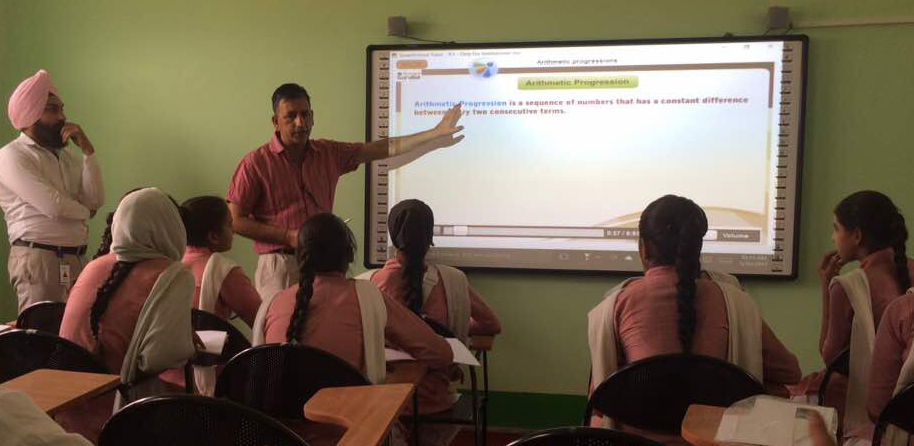TAKARLA, INDIA
Do you remember a time before computers, or the internet? Before cellphones?
The truth is that not many people do, for these technological advancements have become such an integral part of our daily lives. Technology surrounds us in all aspects of life and, with each passing year, our dependence on it increases greatly. It is even making its way into education systems around the world, greatly enhancing the educational experience for those fortunate enough to experience it.
At the Khwahish Sewa Society (KHASS), we acknowledge the importance of integrating technology into rural education systems. This keeps youths competitive in a world that values up-to-date technological experience and knowledge. As well, we realize the numerous benefits associated with integrating technology into classrooms and the positive impacts it can have on the quality of education being delivered to our students.
So, in collaboration with the Health Sciences Association of Alberta (HSAA), the union of health-care professionals in Alberta, Canada, and non-resident Indian (NRI) Kuldeep Bagri, based in Germany, KHASS has set up a smart classroom for students at the Government High School Nawanpind Tapparian.
Headmaster Parminder Bhatia says: “Our school has become a technical leader in our district. We no longer need flash cards, and videos picture charts can be shown on screen. It will also be helpful in showing videos and for painting. We have used this opportunity to take our educational programs to the next level. Everyone is excited about what the interactive whiteboard will do to improve student engagement and achievement.”
The interactivity achieved through these methods enhances learning as well as helps in analyzing and refining the teaching-learning process.
This classroom is equipped with the latest in classroom technology such as;
- Smart boards (interactive and electronic boards)
- Laptops
- Projector
- Teaching software
- Freshly-painted room
- Power back-up
“Not only is this project beneficial to students, it presents a wonderful opportunity for teachers at rural schools. Most of the teachers associated with this project have no prior experience with such technology. This will enable teachers to benefit from the expertise and experience with modern technology, both educational and otherwise. It is these technological skills that can help our teachers maintain a competitive edge in a world that is heavily reliant on technology,” says the headmaster.
The total cost of this project was about 150,000 rupees. HSAA’s Social Justice Committee contributed 75,000 ($1,500). The same amount was contributed by Kuldeep Bagri as part of a co-pay program.
KHASS places an emphasis on promoting a “Do-It-Yourself” model in rural areas with its co-pay program. It encourages villages to raise 50 per cent of the cost from donors, with the society matching the amount raised.
The increased participation of village level groups is critical in establishing effective and sustainable changes in government schools, because having to pay for new facilities instills a sense of responsibility in the people and encourages them to take better care of their school property.
So far, 3.5 million rupees (nearly $70,000) has been invested by local and foreign donors to promote various projects in government schools of the district.
